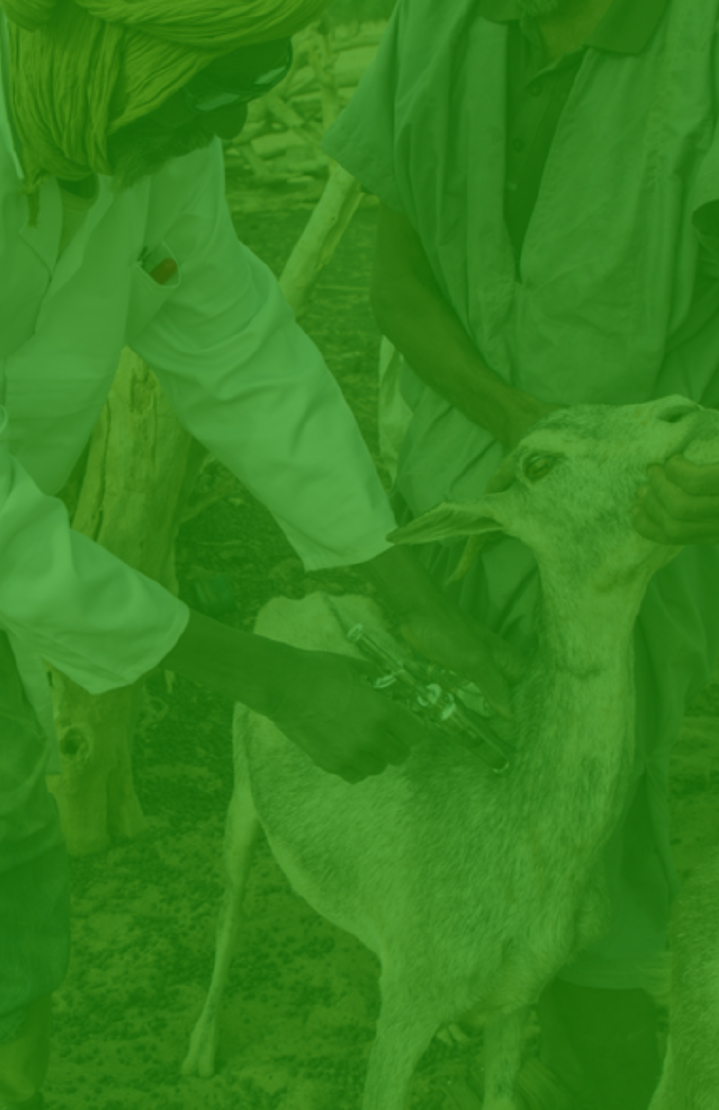-
Who We Are
WHO WE AREThe International Organization for Migration (IOM) is part of the United Nations System as the leading inter-governmental organization promoting since 1951 humane and orderly migration for the benefit of all, with 175 member states and a presence in over 100 countries. IOM has had a presence in Nepal since 2006.
About
About
IOM Global
IOM Global
-
Our Work
Our WorkAs the leading inter-governmental organization promoting since 1951 humane and orderly migration, IOM plays a key role to support the achievement of the 2030 Agenda through different areas of intervention that connect both humanitarian assistance and sustainable development.
- Data and Resources
- Take Action
- 2030 Agenda
Displaying 313 - 324 of 328
SDG 5 - Gender Equality
Migration can be a source of empowerment for women and girls, but they can also be especially vulnerable to violence, sexual abuse and exploitation.
Image
Size
Medium
BG image

SDG 13 - Climate Action
Migration can be a potential climate change adaptation strategy and a way to build resilience.
Image
Size
Medium
BG image

Bulleted
Value
listing_default
SDG 14 - Life below water
Combatting marine and coastal ecosystem degradation and diversifying the livelihoods of communities that are dependent on marine resources can help address forced displacement and migration.
Image
Size
Small
BG image

SDG 4 - Quality Education
Education can facilitate migrant children’s socio-economic integration and improve their livelihoods as adults.
Image
Size
Small
BG image

SDG 11 - Sustainable Cities and Communities
Migrants help cities to thrive and become more vibrant, successful centres of economy and life.
Image
Size
Small
BG image

Accordion
Value
listing_accordion
SDG 15 - Life on land
Deforestation, land degradation, desertification and biodiversity loss can have profound impacts on communities whose livelihoods rely on natural resources and can be drivers of migration.
Image
Size
Medium
BG image

SDG 6 - Clean Water and Sanitation
Water scarcity and related issues may impact on living standards, food availability and health which in turn can be drivers of migration.
Image
Size
Small
BG image
